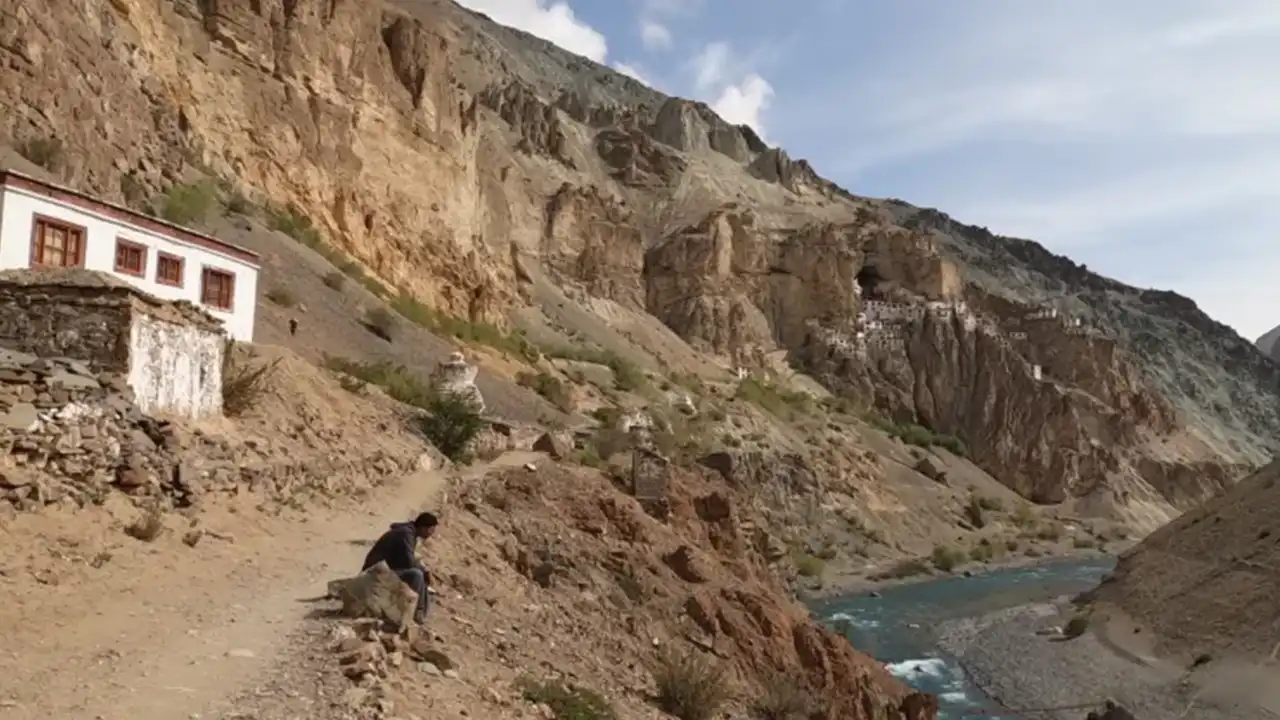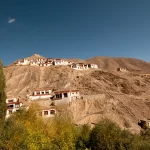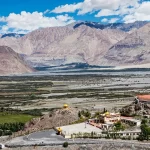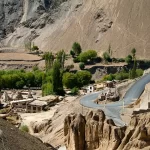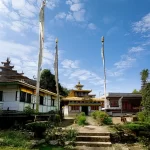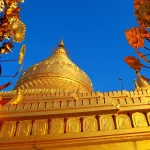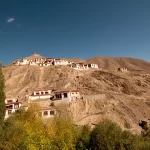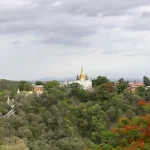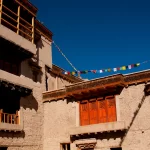Nestled in the far-flung corner of the Zanskar Valley of Ladakh, India, Phugtal Monastery, or Phugtal Monastery, is perhaps the most isolated and intriguing Buddhist monastery in the world. Hewn into the side of a cliff like a honeycomb over the Lungnak River, the monastery is both an architectural and spiritual wonder that has existed for centuries as a symbol of peace, scholarship, and solitude.
Origins and Historical Background
Phugtal Monastery has its origins in the early 12th century, though the location was said to have been frequented by sages and scholars even before that. Phugtal is a name that comes from two words: Phug, which means cave, and Tal or Thal, which means leisure or freedom. Therefore, Phugtal literally means “the cave of freedom.” This is appropriate, considering the monastery’s peaceful and remote location, which is perfect for meditation and spiritual practice.
The monastery was established by Gangsem Sherap Sampo, a student of the great Gelug school teacher Tsongkhapa. He founded it as a place of study and contemplation, expanding on a natural cave that had been occupied for centuries by yogis and monks. Legend has it that the cave was once frequented by the 16 Arhats—enlightened disciples of the Buddha—who meditated in the cavern, imbuing the space with an aura of holiness.
Throughout the centuries, the monastery developed into a prominent and thriving spiritual center. It is affiliated with the Gelugpa (Yellow Hat) sect of Tibetan Buddhism and has continued to preserve its traditions in an uninterrupted chain of teachings and practices.
Special Architecture and Location
Phugtal Monastery is perhaps best known for its striking and nearly surreal architecture. Constructed into the face of a cliff, the monastery merges with the rock so effortlessly that it seems to be a part of the mountain itself. The structures are constructed of mud and wood and seem to be perched on the edge of the cliffs. At the base of the monastery, the blue-green waters of the Lungnak River (one of the tributaries of the Zanskar River) flow through the desolate landscape, complementing the stunning backdrop.
The most remarkable aspect of the monastery is the natural cave in the middle of it, said to have been present even before the building of the monastery. The cave contains self-sustaining water seeping from the roof, collected in a stone container. Monks are convinced that the water is healing and sacred.
Being off the beaten track, the monastery can be approached only on foot. Getting to Phugtal is an arduous walk of many hours (or days) from the closest motor road in Padum, Zanskar’s administrative capital. Its remoteness has served to conserve the peace and traditions of the monastery for centuries.
Monastic Life and Learning
Phugtal Monastery has about 70 monks who lead a life of meditation, learning, and ritual. Daily life revolves around spiritual practice in the form of chanting, teaching, and other types of meditation. The monks learn Buddhist philosophy, scriptures, and rituals as part of religious education.
The monastery is also used as an academy for the study of Tibetan Buddhism, teaching classes and holding workshops for youth monks. Traditionally, such monasteries as Phugtal have not only been the places of spirituality and refuge, but also learning institutions, transferring age-old wisdom from generation to generation.
One of the highlights of monastic life here is the Gustor Festival, which is held annually as masked dances, music, and rituals. This festival is a commemoration of the triumph of good over evil and is an important cultural and religious function for the local community.
Community Role and the Phugtal Monastic School
Notwithstanding its isolation, Phugtal Monastery is significant in the local villages. It is a spiritual compass and moral reference point for those who inhabit the Lungnak Valley. The monks of the monastery frequently act as teachers, physicians, and advisors to the populace.
One of the most significant contributions of the monastery in recent years is the founding of the Phugtal Monastic School. Established in 2011 by the monastery with the assistance of NGOs and volunteers, the school provides free education to children from the area, many of whom would otherwise have no access to basic education because of the remoteness of the region. The curriculum is a mix of modern education and traditional Buddhist education, providing students with a complete learning experience.
Challenges and Resilience
Phugtal Monastery has experienced many challenges throughout the years, specifically because of its geographical remoteness. Violent weather, scarce resources, and natural catastrophes have all put the monks and the local community’s resilience to the test. A landslide swept by a devastating landslide in 2015 blocked the Phuktal River, creating an artificial lake that burst later and resulted in the serious flooding of parts of the monastery and the surrounding areas. The relief operations were undertaken by NGOs and the Indian government to rehabilitate and stabilize the area.
A further current challenge is posed by climate change and modernization. As roads and connectivity creep slowly into the Zanskar valley, Phugtal’s pristine environment and traditional way of life come under greater pressure. Yet the monastery remains a citadel of cultural and spiritual resistance.
Spiritual Significance
For most Buddhists, a visit to Phugtal Monastery is a pilgrimage—a trek not only across challenging landscapes, but also within, toward introspection and spiritual exploration. The solitude, natural scenery, and feeling of ancient wisdom that permeate the site provide an unmatched environment for meditation and inner tranquility.
The cave itself, also alleged to possess miraculous properties, still evokes wonder from pilgrims and tourists alike. The myths of the ancient wise men and the ancient beat of monasticism make Phugtal a living shrine to the power of religion.
Tourism and Responsible Travel
Phugtal Monastery has attracted adventurous travelers and trekkers in recent years. Its distinct architecture and inaccessible beauty have earned it the reputation of being a top destination for those in search of off-the-beaten-path travel. Yet, accessibility is still limited, and the monastery promotes responsible tourism that will not desecrate the site.
Guests are permitted, but must comply with monastic regulations and indigenous practices. Donations to the monastery and monastic school are welcome and do much to aid its educational and spiritual cause.
Conclusion
Phugtal Monastery is not only a secluded Buddhist hermitage but also a living testament to coexistence between man and nature, tradition and determination, isolation and society. As modernity creeps ever so slowly into even the remotest corners of the Himalayas, Phugtal stands fast—anchored by its religious purpose and committed to the eternal path of enlightenment. For those who make the trek, it provides not only stunning vistas, but a deep feeling of peace and connection to something divine.

